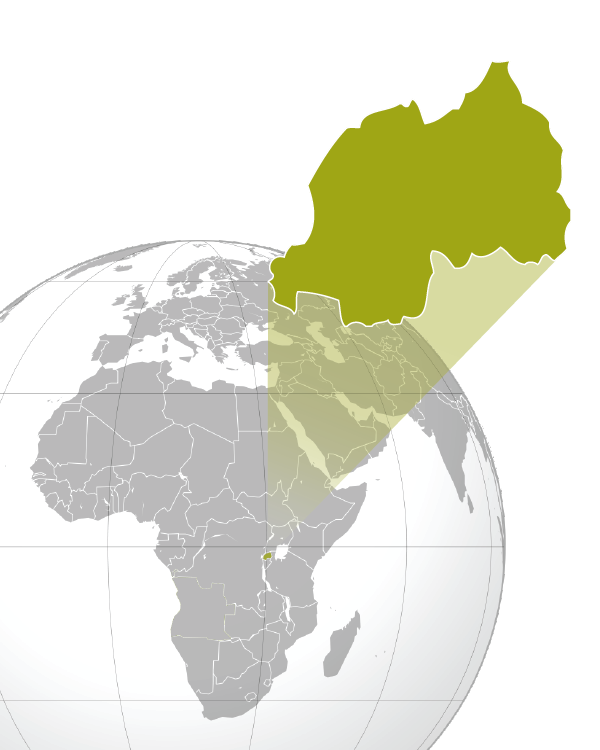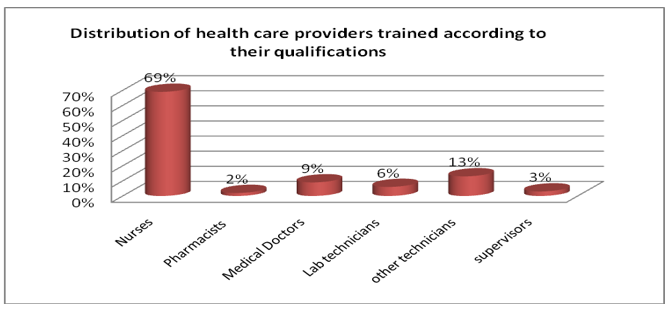Project Dates: 2011 – 2013
 Background
Background
Rwanda has a population of 11,610,000 with 3% HIV prevalence; an infant mortality rate that ranges from 86/1,000 live births[1] to 50/1,000 live births[2]; and a maternal mortality ratio at 476/100,000 live births (2010).[3] Health systems infrastructure and health service delivery is a three-tier system (national, district, and private sector). Health policy formulation, implementation, and oversight are led by the Ministry of Health (MOH), represented by its technical department, the Pharmacy Task Force (PTF). PTF is in charge of coordination and implementation of pharmaceutical policy. PTF has three main functions in the public and private sectors: inspections/supervision of pharmacies and control of quality of medicines; pharmaceutical information; and registration of medicines. Creation of the Medical Procurement and Production Division, which is a directorate of the Rwanda Biomedical Center, led to improved coordination of the various biomedical and research activities vital to improving access to medicines and fighting diseases, such as HIV/AIDs, and improving life expectancy for all people living in Rwanda.
Activities
- SIAPS supported greater country ownership by documenting past successes and capturing lessons learned for its work in health system strengthening. To capture and share the operational and technical experience as a living legacy, a study culling experience and results of USAID support to pharmaceutical systems strengthening under SIAPS and its predecessor programs in Rwanda was commissioned.
- SIAPS worked to strengthen the legal framework for pharmaceuticals.
- SIAPS developed in-service training, mentoring, and supportive supervision systems. A pre-service training was developed and an existing curriculum were reviewed and updated. There were no pharmaceutical service indicators for HIV products in performance-based financing (PBF), but SIAPS worked with MOH to include adherence-related indicators in PBF evaluation.
- SIAPS conducted training and roll-out of job aids and supervision on new formulations of amoxicillin and zinc; pharmaceutical management tools were translated into the local Kinyarwanda language.
Results


